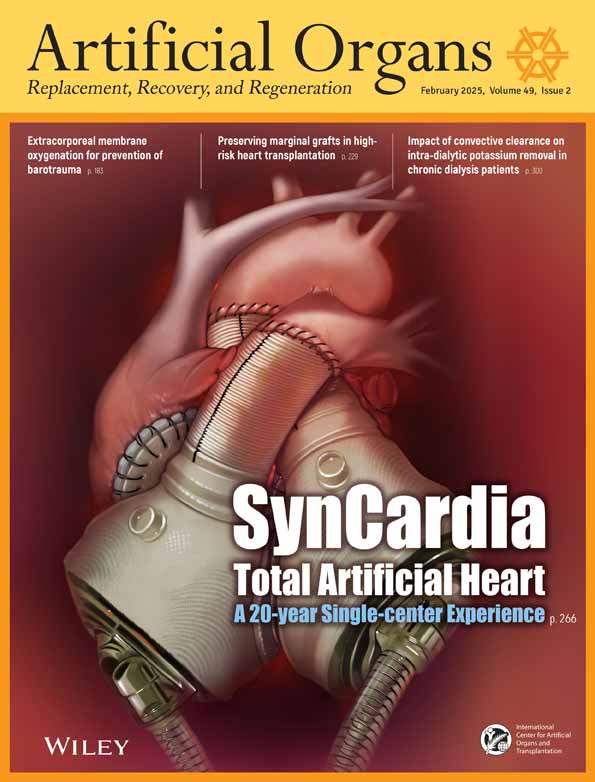Plasma volume response patterns and a physiologic model of ultrafiltration in hemodialysis
Abstract
Background
Ultrafiltration (UF) is an essential process of restoring fluid homeostasis during hemodialysis (HD). Fluid shifts across the extracellular compartments during UF, predominantly across the capillary interface and between the macro- and microcirculation. A mismatch between UF and transcapillary fluid transport can lead to hemodynamic instability leading to cardiac morbidity. We wished to study intradialytic fluid transport characteristics and their variation during UF to identify factors that govern variability in transcapillary fluid movement in HD.
Methods
Twenty-two patients undergoing stable HD sessions were studied to measure and monitor absolute blood and plasma volume throughout UF. A computational mathematical model of predicted plasma volume decay during UF was analyzed with respect to the intradialytic real-time data profile. Pre- and post-dialysis fluid status was assessed using multifrequency bioimpedance spectroscopy. Serum electrolytes, osmolality, and total protein concentration were measured pre- and post-dialysis and during the intradialytic phase.
Results
Two distinct profiles of PV responses were detected. 60% of the patients presented plasma volume decline, characterized by a high percentage of volume decrease during the first hour, and a subsequent slower decrease with early rebound. The model was modified to achieve a proper fit of these volume profiles, assuming time-dependent changes in selected parameters governing the refilling flow.
Conclusions
Although the modified model could more accurately fit the data, the new parameter values often fell outside of a physiologically acceptable range, suggesting that other factors not included in the classic description of transcapillary fluid transport might be the cause of the observed patterns.
CONFLICT OF INTEREST STATEMENT
The authors have no conflicts of interest to declare.




